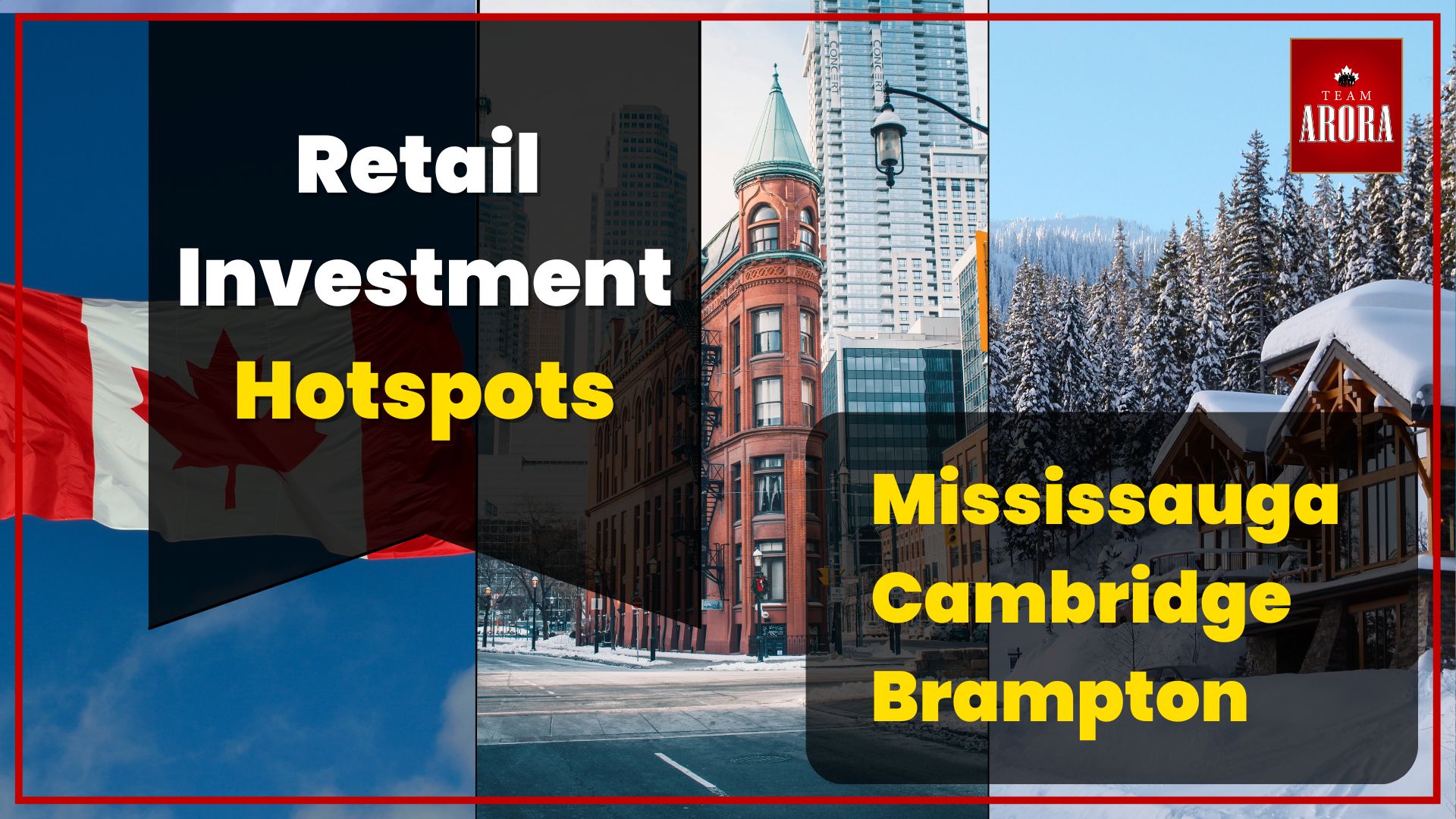Are you considering investing in commercial property or real estate but unsure where to begin? Whether you’re looking for office spaces, retail properties, land, or industrial buildings, understanding your options can make a huge difference. At RetailnOffice, our mission is to simplify this decision-making process and help you make the best investment for your business. In this blog, we’ll explore the different types of commercial properties and share tips to help you make a smart choice.
Understanding Commercial Properties
Commercial real estate is a broad category that includes properties used for business purposes. Here’s a breakdown of the main types:
- Office Properties Office spaces are designed for businesses and professionals. From small office suites to large corporate headquarters, the variety is immense. Key factors to consider include location, amenities, and accessibility.
- Retail Spaces Retail properties cater to businesses that sell directly to consumers, such as stores, restaurants, and salons. High foot traffic and visibility are critical for the success of retail businesses.
- Land for Development Investing in land can be a long-term strategy. Whether you plan to build commercial buildings or lease the land, this option requires foresight and research on zoning regulations and market trends.
- Industrial Properties Industrial properties include warehouses, factories, and distribution centers, making them ideal for businesses involved in manufacturing, storage, or logistics. These properties are ideal for manufacturing, storage, and logistics businesses. Proximity to transportation hubs is a significant advantage.
Why Invest in Commercial Real Estate?
Commercial properties can be highly rewarding if approached strategically. Here are a few benefits:
- Steady Income: Commercial leases often run for several years, ensuring consistent rental income.
- Appreciation: Over time, well-located properties tend to appreciate in value.
- Diverse Opportunities: From retail spaces to industrial warehouses, you can diversify your portfolio to reduce risk.
How to Choose the Right Property
When it comes to investing in commercial real estate, careful planning is essential. Here’s what you need to consider:
1. Location is Key
A prime location can attract tenants, drive foot traffic, and boost property value. Look for areas with growing populations, good infrastructure, and proximity to key business districts.
2. Understand Your Goals
Are you planning to lease out the property or use it for your own business? Your goals will determine the type of property you should invest in.
3. Conduct Market Research
Analyze the local market to understand demand and supply. For example, if there’s a growing need for industrial spaces in your area, that could be a lucrative investment.
4. Budget Wisely
Commercial properties often require a significant investment. Besides the purchase price, consider additional costs like maintenance, taxes, and insurance.
5. Seek Professional Guidance
Partnering with a reliable real estate agency like RetailnOffice can make all the difference. Our expertise ensures you find the best property that aligns with your goals.
Trends in Commercial Real Estate
Staying updated with market trends can give you a competitive edge. Here are some of the latest trends in the commercial property sector:
- Eco-Friendly Buildings: Sustainable and energy-efficient properties are in high demand.
- Mixed-Use Developments: Properties that combine retail, residential, and office spaces are gaining popularity.
- Technology Integration: Smart buildings with advanced technology solutions are becoming the norm.
Investing in commercial real estate can revolutionize your financial portfolio by offering stable income streams, opportunities for significant appreciation, and diversification potential across different property types. By understanding the different types of properties and focusing on key factors like location, budget, and market trends, you can make informed decisions that yield high returns. At RetailnOffice, we specialize in helping businesses and investors find the perfect commercial property to meet their needs.
If you’re ready to explore your options, contact us today and let us guide you toward a successful investment!

